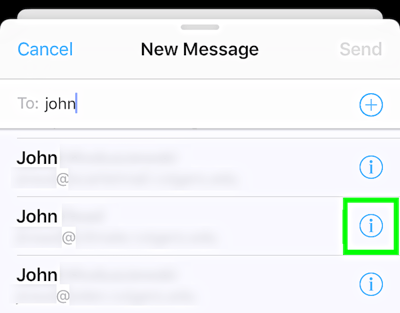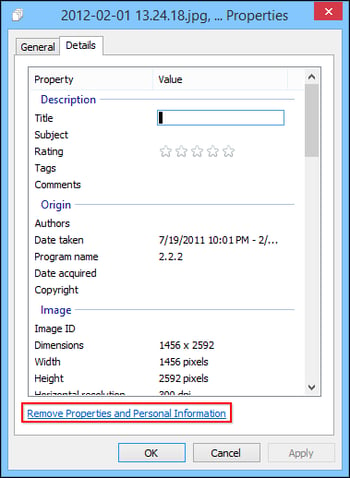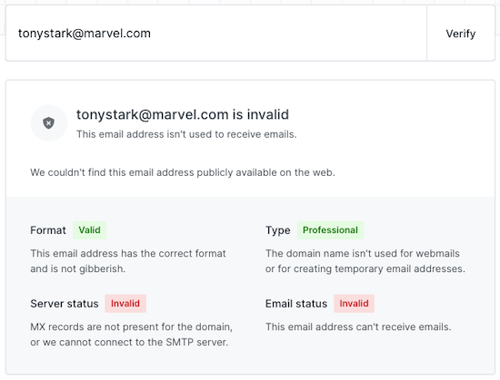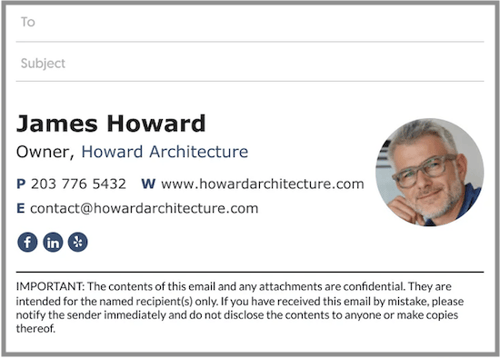Have you ever discovered your email was sent to the wrong person?
Or realised too late that an attachment contained sensitive data you never intended to share?
Email errors continue to top the list of business communication blunders.
They risk data breaches, reputational harm, and financial losses.
Let's explore the key checks you should follow before hitting 'send' to make sure your email gets to the right person safely.
Double Check Recipient Email Addresses
This might seem basic, but it's one of the most common causes of misdirected emails.
Always take a moment to verify the email addresses in the 'To', 'Cc', and 'Bcc' fields.
Be extra cautious of your email client auto-filling these fields.
Watch out for similarly named contacts, which can easily lead to sending information to the wrong recipient.
"Taking just a moment to confirm you're sending to the right recipient can save a world of trouble for you and your business."
Paul Holland, Founder, Beyond Encryption

Revisit the Subject Line
Craft your subject line carefully.
It's the first thing your recipient sees, and it can also serve as a reference for future searches.
Avoid generic subject lines, especially for important emails.
A vague or misleading subject line can cause confusion, lead to the message being overlooked, or even result in the email being flagged as suspicious - especially if the content doesn't match the subject.
A specific subject line helps both senders and recipients quickly identify if the email matches its intended audience.
Here are a few guidelines:
- Keep it concise: Five to seven words is usually best.
- Use keywords: They make it easier for recipients to find your email later.
- Avoid sensitive information: Put private details in the email body rather than the subject line.
Review the Email Content
Make sure your message aligns with the recipient and its purpose.
Think about whether your content needs sensitive information.
If it does, add extra security measures.
When handling sensitive content, consider a secure email solution or a secure file-sharing method.
This adds a layer of protection if the email lands in the wrong inbox.
Check the Attachments
Attachments often contain private data.
Make sure they're intended for the recipient and truly needed for the conversation.
If they include sensitive details, protect them with encryption and multi-factor authentication.
"Encrypting attachments is crucial in keeping sensitive data out of the wrong hands, especially in industries governed by strict compliance regulations."
Paul Holland, Founder, Beyond Encryption
Make sure you remove metadata from documents and images.
That helps avoid exposing extra information about people or locations.

Validate the Address
For a new or rarely used address, send a short introductory email first.
This helps confirm the recipient's identity without risking important data.
You could also use an email verification tool to check if the address is valid - however, it's important to ensure what you use is compliant with local regulations if you're doing so in a professional context.
These tools are also not foolproof, so use them carefully.
For a new or rarely used address, send a short introductory email first.
This helps confirm the recipient's identity without risking important data.

Clarify Confidentiality
Ask yourself if your email is confidential.
If it is, say so in the body, and consider adding it to the subject line.
Adding a confidentiality disclaimer at the end can also help. For example:
"This email and any attachments may contain confidential information intended solely for the use of the individual or entity to whom they are addressed. If you have received this email in error, please notify the sender and delete it immediately."
Sometimes you secure the message, but the recipient isn't aware that they shouldn't share it further.

Use Secure Email
The checks above lower the chance of misdirected emails, but they're still manual steps - human error can happen.
A secure email solution can automate these processes for sensitive messages.
These solutions provide encryption, recipient authentication, and data loss prevention features.
They are often designed to help businesses keep compliant with regulations in finance, healthcare, and law.
Keep It Locked Down
Email is a major part of professional communication.
It's our duty to keep it accurate and safe.
By following these checks or using a secure email solution suited to your needs, you can increase the chances you'll reach the right people.
You'll also help your teams' communications stay more secure.
FAQs
How Can I Protect Sensitive Files in Email Attachments?
Use encryption tools and enable multi-factor authentication for attachments.
That keeps your data private if it’s sent to the wrong person.
Should I Recall an Email If I Spot a Mistake?
Recalling might help if the recipient hasn't opened it yet.
Still, there's no guarantee they'll accept your recall request before viewing the message if you're using a standard email client like Outlook.
Are Autofill Suggestions Always Accurate?
They rely on your contact history, but they're not always right.
Double-check the suggestions to avoid sending a message to the wrong recipient.
Which Industries Need Secure Email the Most?
Finance, healthcare, and legal fields often have strict data protection rules.
All businesses handling sensitive data can benefit from secure email solutions.
References
What Is EXIF Data, and How Can I Remove It From My Photos?, How-To-Geek, 2017
Reviewed by
Sam Kendall, 25.03.25
Sabrina McClune, 14.06.24

 Sam Kendall
Sam Kendall




